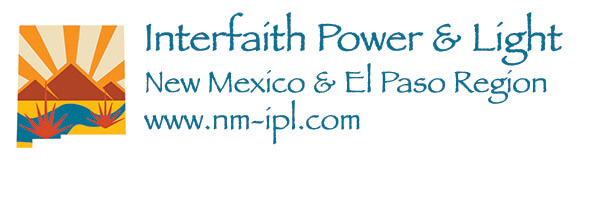NMIPL IN THE NEWS
Carlsbad Current Argus. Sep. 3, 2020 New Mexico finalizes oil and gas wastewater regulations, lawmakers hear testimony (Rev. Nick King Quoted)
Las Cruces Sun-News, Aug. 19, 2020, Report on solving climate crisis brings hope (Co-authored by Michael Sells, Clara Sims and Edith Yanez)
Santa Fe New Mexican, Aug. 15, 2020 Vote your values this November (Commentary by Larry Rasmussen and Tabitha Arnold)

Check Out this Website from Crude Intentions NM
/in Actions, Faithful Citizenship, Featured Articles, NEWS /by adminCrude Intentions NM has come up with a clever website to illustrate the negative impact of the oil and gas industry on our frontline communities, cultural treasures and much more, all in the name of profit.
Check Out the website Crude Intentions NM
At the bottom of the site you are urged to Tell lawmakers to reject Big Oil’s crude intentions.
ADD YOUR NAME TODAY!
Carlsbad Current Argus: Climate change, fossil fuel policies leading issues in New Mexico’s November election
/in Faithful Citizenship, Featured Articles, Media, NEWS, Permian Basin /by adminThis article from reporter Adrian Hedden published in the Carlsbad Current Argus on Aug. 25 illustrates the importance of the coming election for our efforts to address climate change.
“Pollution from oil and gas and ways to stop the resulting damage to the environment promised to be central themes in New Mexico’s November election along with its policy-driven 2023 legislative session in January.
A poll of 600 New Mexicans from across the state conducted by the Environmental Defense Fund’s (EDF) election advocacy partner EDF Action showed voters favored taking stronger action on climate change and candidates who purported they would do so.
New Mexican voters will decide in November if Democrat Gov. Michelle Lujan Grisham will continue her administration’s work on tougher pollution controls for energy developers in the next four years, or if Republican candidate Mark Ronchetti will be empowered to enact his plan to deregulate the industry to drive up production and state revenue.”
Read full article
Connecting with Rep. Melanie Stansbury on Inflation Reduction Act
/in Faithful Citizenship, Featured Articles, Media, NEWS /by adminSister Joan Brown met with our congressional representative at a town hall last week. @Rep_Stansbury agreed that we need to address community health concerns and #climatejustice even after the passage of the big climate bill (Inflation Reduction Act)